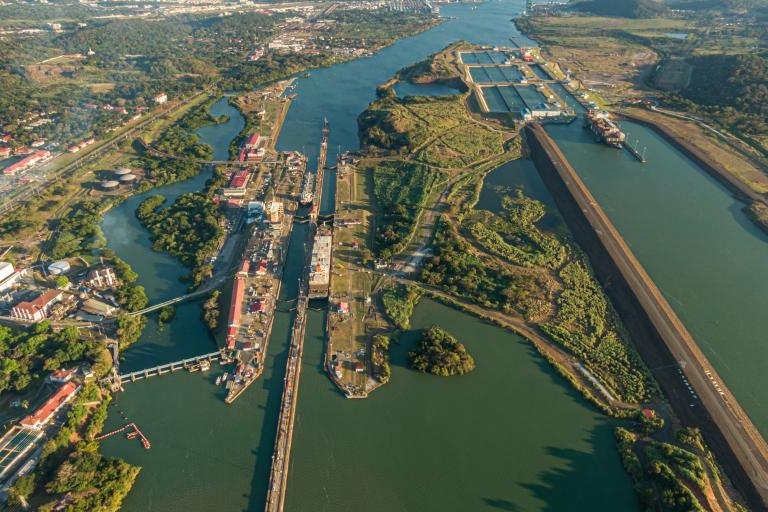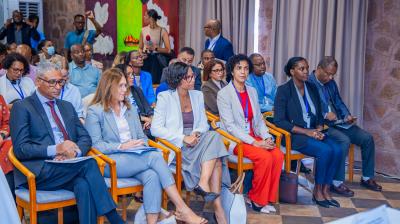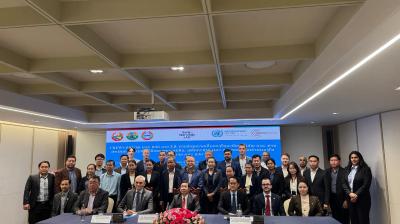El Niño and climate change impacts slam Latin America and Caribbean in 2023
A double-whammy of El Niño and long-term climate change hit Latin America and the Caribbean in 2023, according to a new report from the World Meteorological Organization (WMO). Drought, heat, wildfires, extreme rainfall and a record-breaking hurricane had major impacts on health, food and energy security and economic development.
The WMO State of the Climate in Latin America and the Caribbean 2023 report confirmed that it was by far the warmest year on record. Sea level continued to rise at a higher rate than the global average around much of the Atlantic part of the region, threatening coastal areas and small island developing States.
“Unfortunately, 2023 was a year of record climatic hazards in Latin America and the Caribbean,” said WMO Secretary-General Celeste Saulo.
“El Niño conditions during the second half of 2023 contributed to a record warm year and exacerbated many extreme events. This combined with rising temperatures and more frequent and extreme hazards due to human-induced climate change,” she said.
“Hurricane Otis rapidly intensified before making landfall, hitting Acapulco, in Mexico, as a devastating Category 5 hurricane, with dozens of fatalities and several billions of dollars in damage. Floods caused misery in many parts of the region. Intense drought reduced the Negro River, at Manaus in Brazil’s Amazon to its lowest level in more than 120 years of observations, and severely disrupted shipping through the Panama Canal,” said Celeste Saulo.
The State of the Climate in Latin America report, accompanied by an interactive story map, complements the WMO State of the Global Climate flagship. It informs decisions on climate change mitigation, adaptation and risk management at regional level.
The report highlights the need for more investment in National Meteorological and Hydrological Services to strengthen forecasts and life-saving early warnings. In Latin America and the Caribbean, 47% of WMO Members provide only "basic or essential" weather services. Just 6 % provide “full or advanced” services to support decision-making in climate sensitive sectors.
Advances in integrating meteorological data into health surveillance (focusing on disease) reflect a move towards stronger public health strategies. But there is still much room for improvement in view of growing climate-related risks to health. This includes from heatwaves, air pollution, food insecurity and mosquito-borne diseases like dengue fever, according to a special chapter in the report.
The report includes input from National Meteorological and Hydrological services, regional climate centres, United Nations partners, universities and research bodies and WMO experts.











